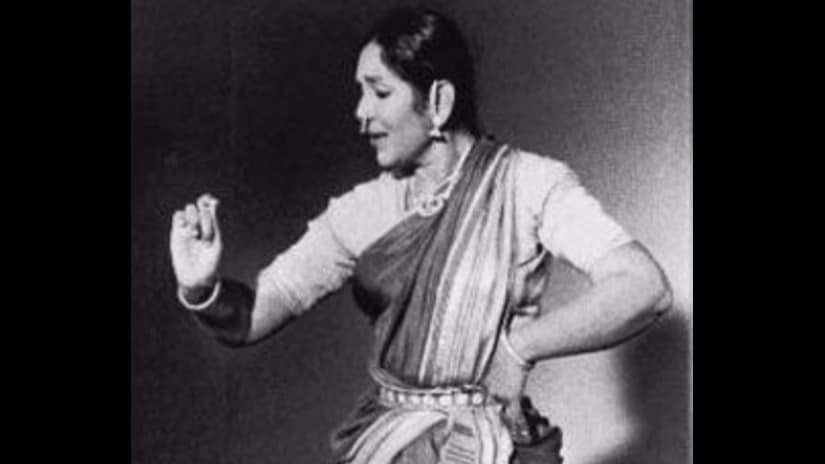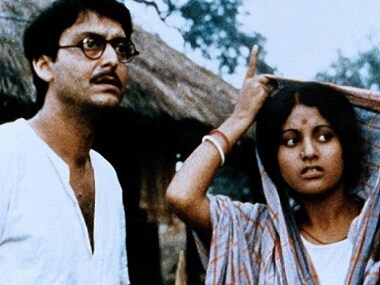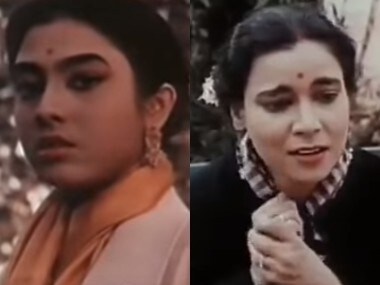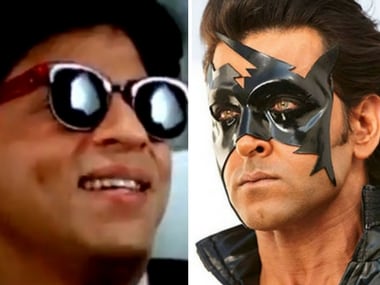Satyajit Ray’s Bala provides a fascinating study of the great dancer, a priceless archive for posterity
Editor's note: In a prolific career spanning nearly four decades, Satyajit Ray directed 36 films, including feature films, documentaries and shorts. His films have received worldwide critical acclaim and won him several awards, honours and recognition — both in India and elsewhere. In this column starting 25 June 2017, we discuss and dissect the films of Satyajit Ray (whose 96th birth anniversary was this May), in a bid to understand what really makes him one of the greatest filmmakers of the 20th century.
**
In his filmmaking and literary career spanning more than four decades, there was hardly an art form that Satyajit Ray did not study. From a very early age, his mind was truly an open window, letting in the finer sensibilities of life in the form of music, poetry, literature, painting, sculpture, and even such performing arts as the trapeze, acrobatics, jugglery and both street and stage illusions. In the year 1935, when Ray was just 14 years old, he watched a 17-year-old girl on a stage in (then) Calcutta, performing Bharatanatyam. Ray was mesmerised by the young lady and the art she presented before her audience. He quickly looked up the girl and was fascinated by her remarkable story. In later years, when Ray began making films, he harboured a wish to make a documentary film about her, but it was not before 1976 that he could actually make the film he so desired to. This film, titled simply as Bala, was his ode to Tanjore Balasaraswati, one of the greatest classical dancers of our country, and who Satyajit Ray considered ‘the greatest Bharatanatyam dancer ever’.
The film is a little over 30 minutes long, and quite naturally, almost half of its running time is used to show Bala’s dance recitals. During these recitals, Ray takes a backseat, suspending his narration to allow the grace and elegance of the dancer speak for itself. In the first half of the film though, Ray offers a sort of background to the dance form of Bharatanatyam, for the benefit of the uninitiated. In his rich baritone and impeccable diction, he describes how the very name of the dance form was derived from the name of sage Bharata, whose seminal work titled the Natya Shastra, written in the 4th century in Sanskrit, describes the highly systematised language of mime, dance and music that goes on to constitute the performing art of drama. One of the twenty-seven chapters of the text is devoted to the dance, which formed an inseparable part of classical drama. Although the form of stage as described in the text is archaic now, some of the dance forms that grew out of classical theatre have survived in different parts of India. The Bharatanatyam is one of them. Ray also goes on to explain how the three syllables of the author’s name form the initial syllables of the three principal elements of the dance form itself — Bhava (or feeling, conveyed through mime), Raga (through music) and Tala (or rhythm, through dance). Ray then explains the significance of the mudra, or gesture, in the dance form, and how the same gesture can convey a wide range of meanings depending on the context. Naturally, such an elaborate and intricate arrangement of emotion, music and movement can only be mastered by someone who is highly skilled, deeply devoted, commands exceptional physical energy and has a fine ear for music.
Ray then describes Bala’s ancestry and how she was introduced to an audience for the first time in the courtyard of a temple in Kanchipuram, where she gave the first dance recital of her life at the age of seven. She received tutelage under her guru Kandappa Pillai, whose ancestors were musicians in the court of Tanjore, renowned for its patronage of the arts. It was in this very court that a temple dancer named Papammal performed her art more than two hundred years ago, and seven generations later in her bloodline, Balasaraswati had taken up dance to carry the family’s tradition forward. With the advent of the British in India, the performing arts ceased to receive royal patronage, and the temple dancers were relegated to an ostracised segment of the society. But Bala’s mother, herself a celebrated singer, decided to brave all social norms and set up her daughter’s tutelage under Kandappa Pillai.
A number of experts then go on to describe Bala’s indisputable mastery over Bharatanatyam, her diligence, dedication and the resulting rise to fame, including the impact she had had on western audiences. What follows next is one of the most beautiful pieces in Bala’s repertoire — a recital accompanied by the song 'Krishna ni bagaane baro', in which a distraught Yashoda implores a child Krishna to return home. The recital by Bala, given on a seashore with the waves of the majestic ocean in the background, was frowned upon by many experts and exponents of the art form, and not without reason. Criticism ranged from the argument that the rhythm of the waves was a jarring distraction to the rhythm of the piece itself, to the fact that the presence of the ocean in the background was an unnecessary attempt to offer an ‘explanation’ to the piece — which is the primary responsibility of the dancer, and not the filmmaker.
Irrespective of these criticisms, it is undeniably true that Satyajit Ray’s Bala remains, to date, perhaps the most fascinating study of the great dancer, a priceless archive for posterity. Its importance stems not only from the fact that it documents a centuries-old art form and its greatest proponent, but also that it managed to present before us the astonishing range of emotions of a sacred devotee of the art, whose most subtle expressions and most vigorous movements together embrace and encapsulate the rich tradition that is so unique in its beauty and its Indian-ness. The fact that Ray is able to capture this on film is, in itself, a great feat. Deservedly so, then, the film can be considered a tribute to the greatest dancer of our country by the greatest filmmaker of our times.
Bhaskar Chattopadhyay is an author and translator. His translations include 14: Stories That Inspired Satyajit Ray, and his original works include the mystery novels Patang, Penumbra and Here Falls The Shadow.
Published Date: Jan 14, 2018 10:54 AM | Updated Date: Jan 14, 2018 10:54 AM












